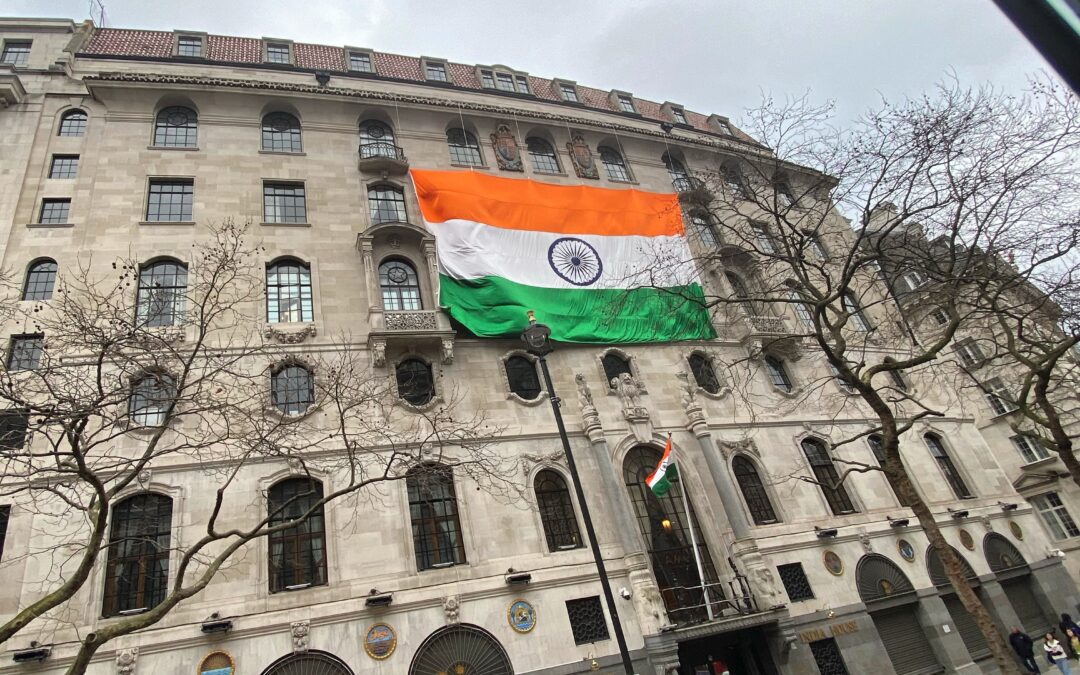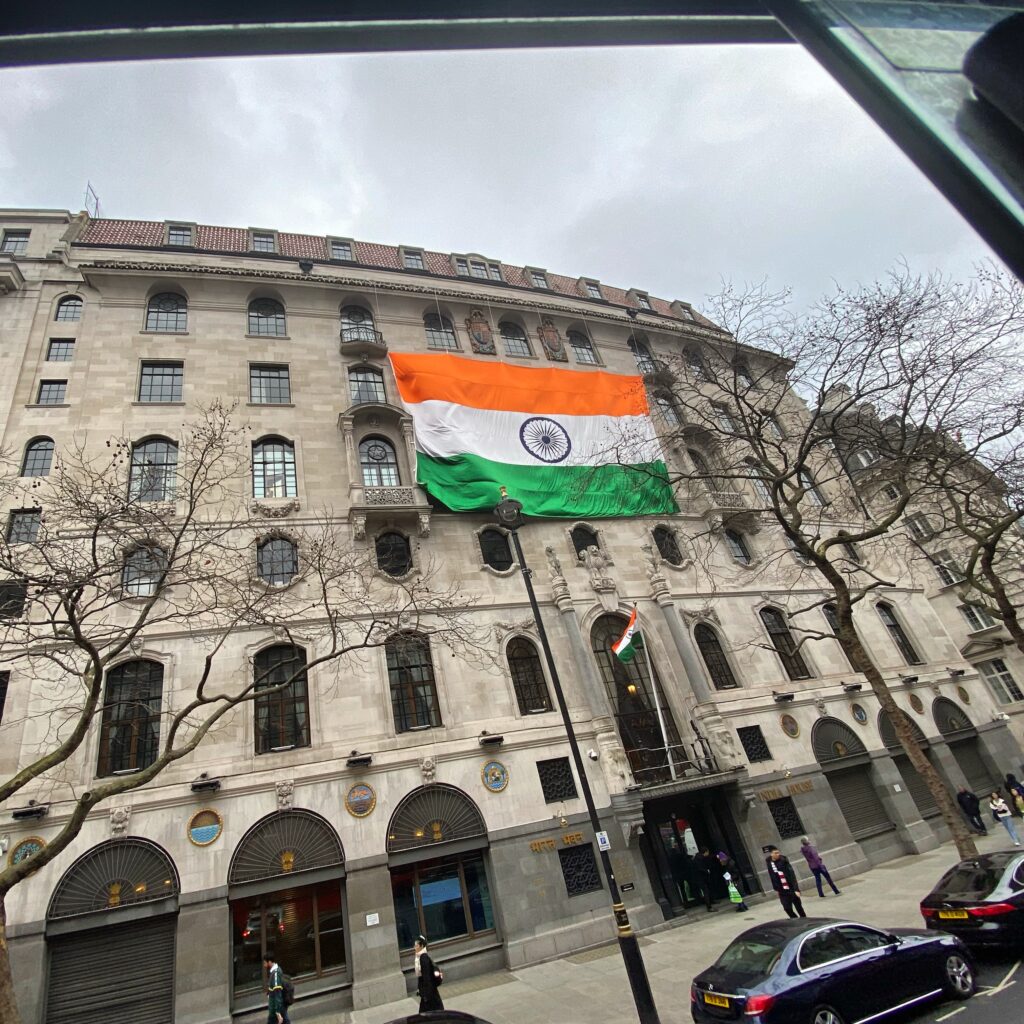
India the coming number one
There’s something special about Nelson up there at Trafalgar Square, the closest thing to God you can be and still be seen here on earth. We’ve mostly seen each other from a distance in recent years. It’s been a while since I’ve been in his place, the planet’s centre, they say, in an empire where the sun never set. For some reason, I always end up close to the south of Piccadilly but never at the centre of our Lord.
This day I chose a new path. I cut across his domains, stopped at one of the lions, and let my gaze sweep 360 degrees. If Nelson is the centre of the world, Canada and South Africa’s enormous buildings to the east and west stand as the bastions they once were when the New World was conquered, starting with Elizabeth the First. Great Britain built enormous wealth by conquering and establishing trade.
History is becoming increasingly apparent as I continue my journey, having first said goodbye to Nelson. I set my sights on the Strand and followed one icon after another. Charing Cross, with perhaps the most beautiful facade in the world for a train station, the Savoy, the hotel that sits a little furtively tucked away in a side street, a magnific one. Imagine what its bar has created of world-class drinking classics; yes, there are several American Bars in London, although my favourite is in St. James. Finally, on this hit parade, we find, as always, Twinings. Their address is easy to remember, as they have been selling tea there for over 300 years.
But this morning’s walk aims not to relive the birthplace of Dry Martini or Earl Grey. Today we’ll focus on – The Empire Strikes Back in a new edition.
Where the Strand takes over in a curious turn, shall we say half circle, we also find a classic Waldorf Hotel. But above all, India House takes pride in place, with a substantial Indian flag covering a large part of the facade. It all points to the new India, today’s India, the incredible power of India, and the biggest market of the future. The empire is fighting back.
India has already surpassed its former colonial host in the size of its economy, and Indian investment in real estate on English soil is now greater than domestic investment. In the past, Indian players have become owners of British classics such as Jaguar, Land Rover and British Steel.
The legacy of the post-colonial society and its relations have sometimes been challenging for each party. We are now seeing how India, based on the best of Britain’s social traditions, such as language, education and justice – is developing its society with geography and population in a global world where India is knocking on the door to become number one. I admire your flag, saying: Well done, India, before I continue my walk and look for the High Commission of Australia just around the corner.
I am circling overland in silence and invisibility, instantly scanning and checking to bring the insight, a column by Mr Joakim Dahl. It’s a scheduled posting that is not necessarily based in real-time but can also occur at a particular time after the assignment, depending on external circumstances and integrity.

